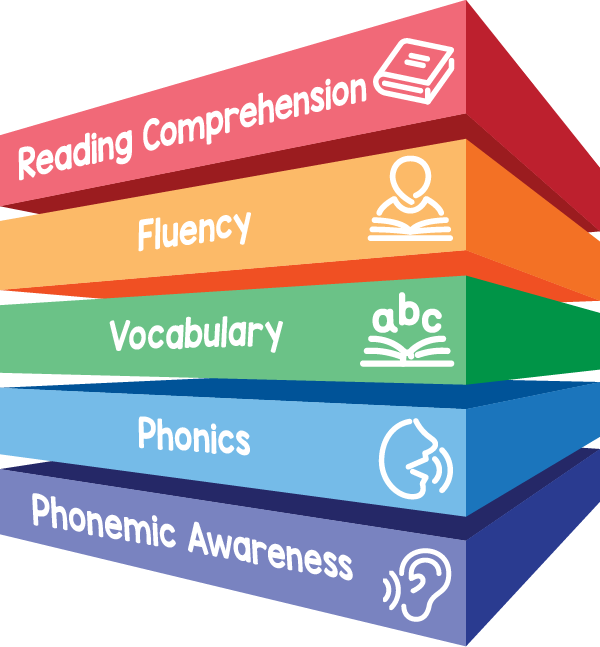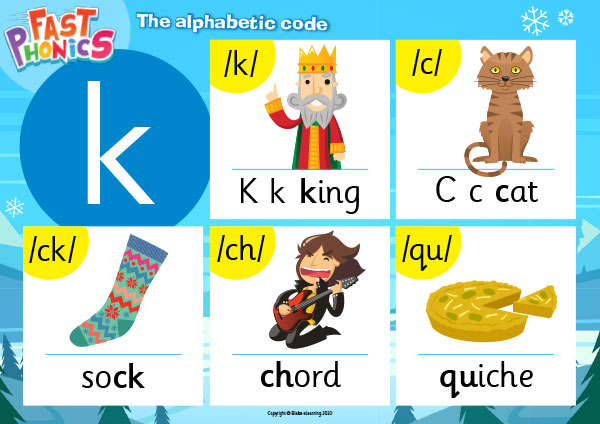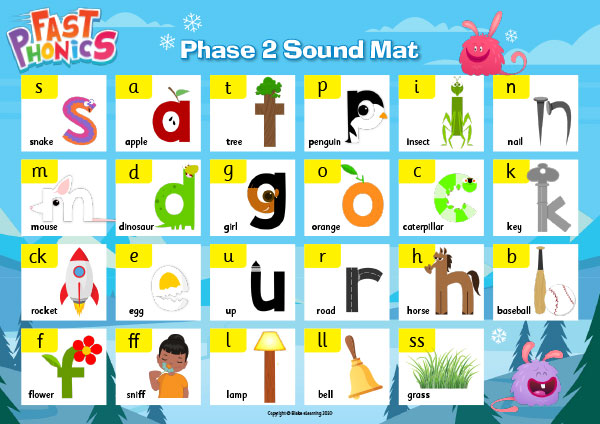
It’s important that children learn the association between letters and sounds in a direct and systematic way. The 5 essential elements of reading instruction are:
These are the five building blocks that children need to become fluent readers.

For young children to read successfully, they need to understand the alphabetic code. This is where individual letters and groups of letters represent the sounds of spoken language. There are 26 letters of the alphabet but there are actually 44 sounds, or phonemes, in the English language. It’s important that children learn to make the association between these letters and sounds in a direct and systematic way.
Synthetic phonics is a method of instruction in which words are broken up into the smallest units of sound (phonemes). It teaches children to first make connections between the letters of written texts (graphemes) and the sounds of spoken language. It simultaneously teaches children how to identify all the phonemes in a word and match them to a letter in order to read or spell correctly.

